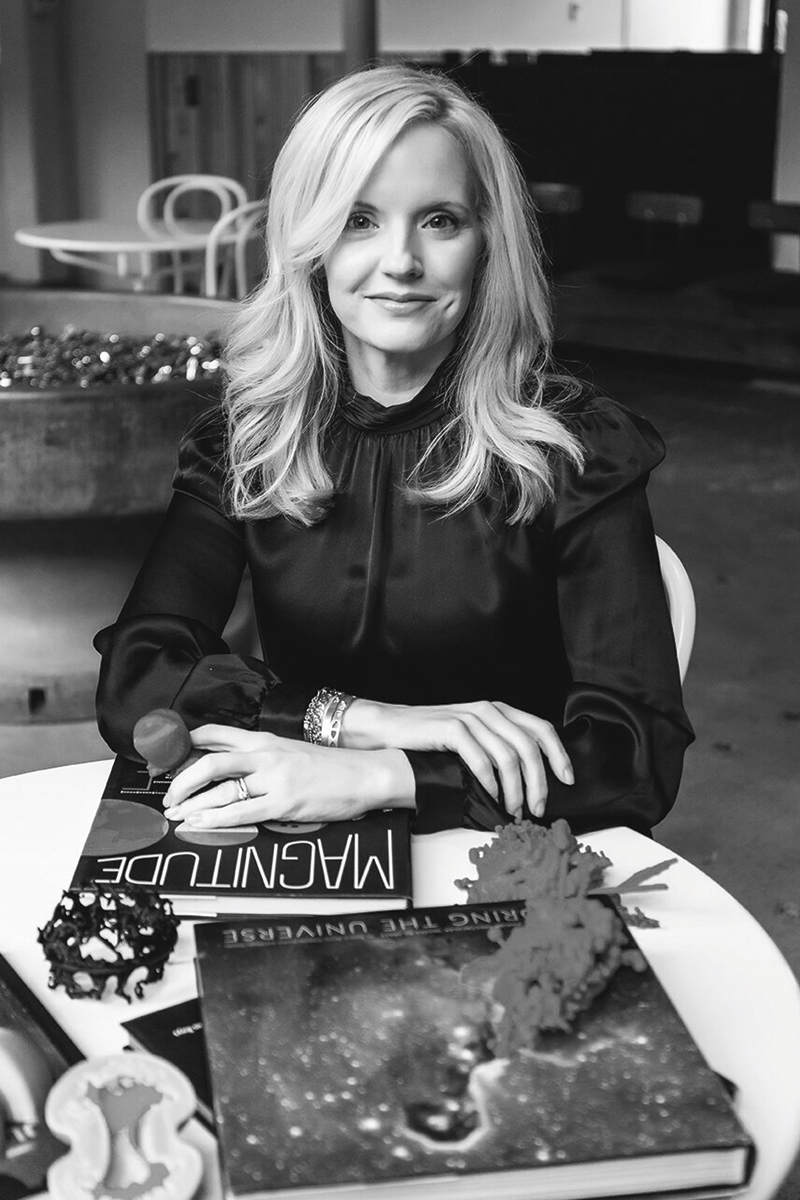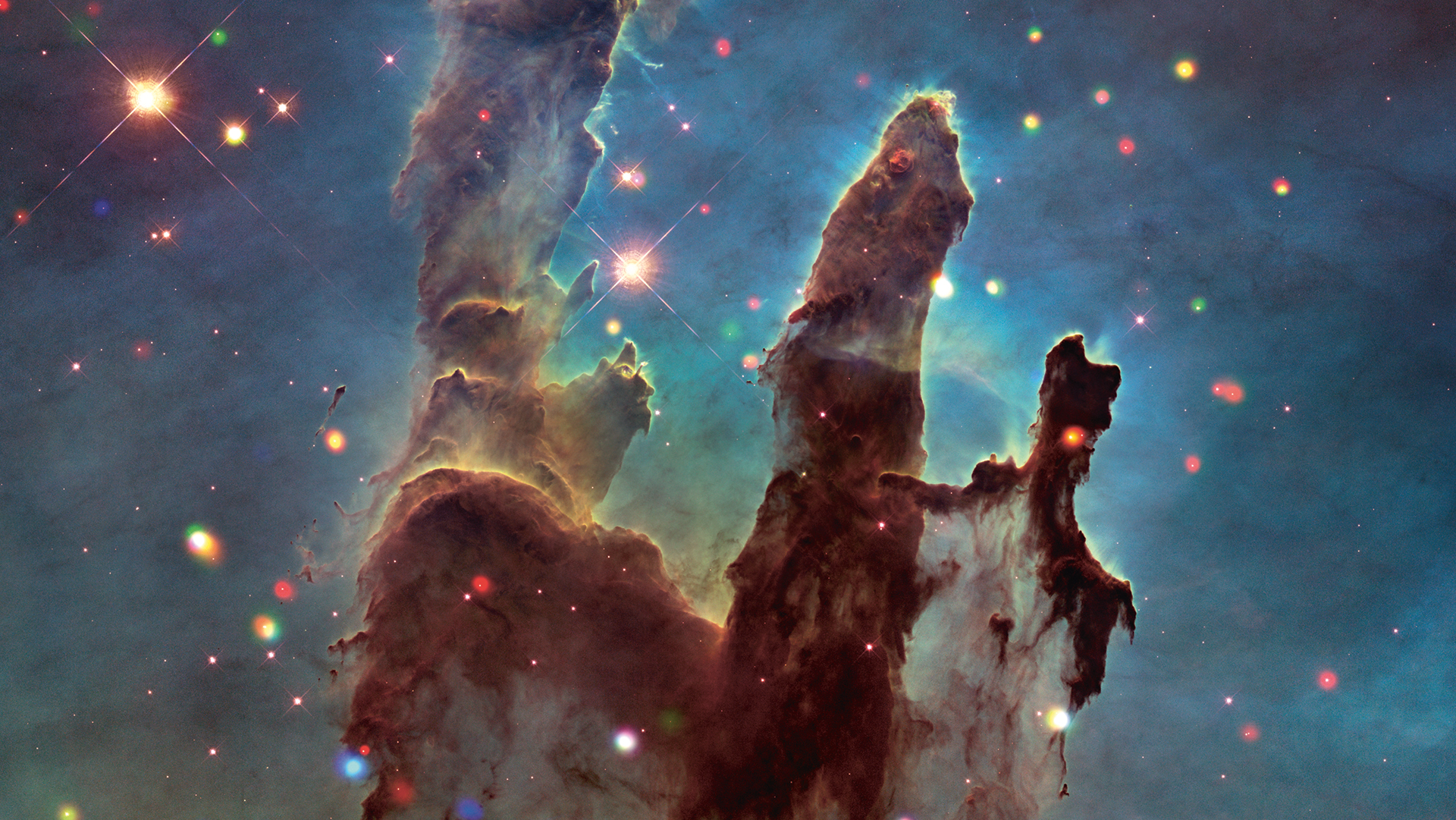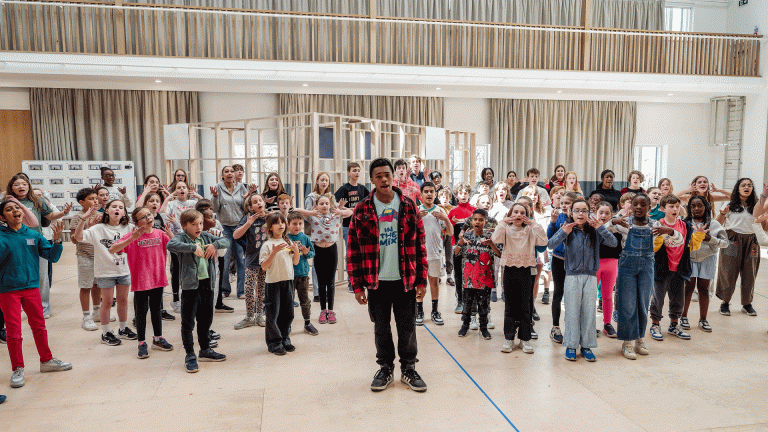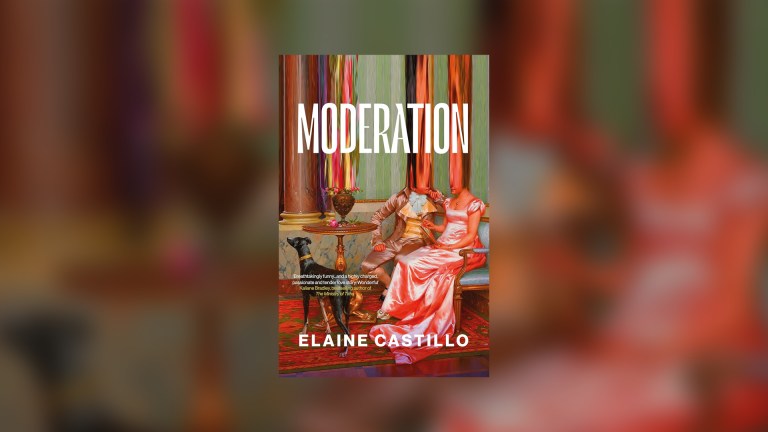If a black hole could sing to us, what melody would it hum? At the centre of the Perseus galaxy cluster, its cosmic drones sound like a pod of humpback whales thousands of metres below the surface of the sea. But these ghostly moans aren’t cetaceans that have been recorded off the coast of Alaska. They’re the sound of pressure waves being sent out by a black hole, causing ripples in the cluster’s hot gas, 250 million light years away from Earth. Perseus has been “singing” to us like this for a couple of billion years.
In 2003 a team of Cambridge astronomers, studying data from NASA’s Chandra X-ray Observatory, found something extraordinary – pressure waves that could be translated into sound. It was the deepest note in the universe. A mellow B-flat, undetectable to the human ear, 57 octaves below middle C. Decades later, these pressure waves have been remixed into a pitch we can hear, 58 octaves above its original note; serenading us, you could say, across the abyss – and into our headphones.
“There’s this idea that black holes are these monsters zipping through the universe, sucking things up like a cosmic rhombus, but there’s another side to them,” suggests Kimberly Arcand, visualisation scientist and emerging tech lead for NASA’s Chandra X-ray Observatory, as we talk about her recent project to turn spatial data from some of NASA’s greatest telescopes into music. They’re providers, she says. “They’re responsible for the care and feeding of their galaxies and there is a beautiful elegance in the way that they behave. We’re trying to capture some of that with the sonification.”
It may seem counterintuitive to propose that any black hole – a dense object with a gravity field so strong that neither light nor sound can escape – can communicate with us this way.
“There is this very common misconception that there is no sound in space – because at least here, in our corner of the galaxy, there is no medium for a soundwave to travel to us,” Arcand tells me. “But in clusters of galaxies, for example, there can be immense amounts of superheated gas, and that gas can act as a medium that sound waves can travel through. So if there is a supermassive black hole that is belching in that cluster, it can expel matter via jets that push out into the clouds around it, causing the pressure waves or sound waves to propagate out. That’s what we’re listening to now.”

Arcand joined the Chandra X-ray Observatory in 1998, a year before it was launched. It is the sister telescope to Hubble, she tells me, designed to detect X-ray emissions from the hottest regions of our universe; torrid and tempestuous objects and events such as colliding galaxies and exploding stars.










